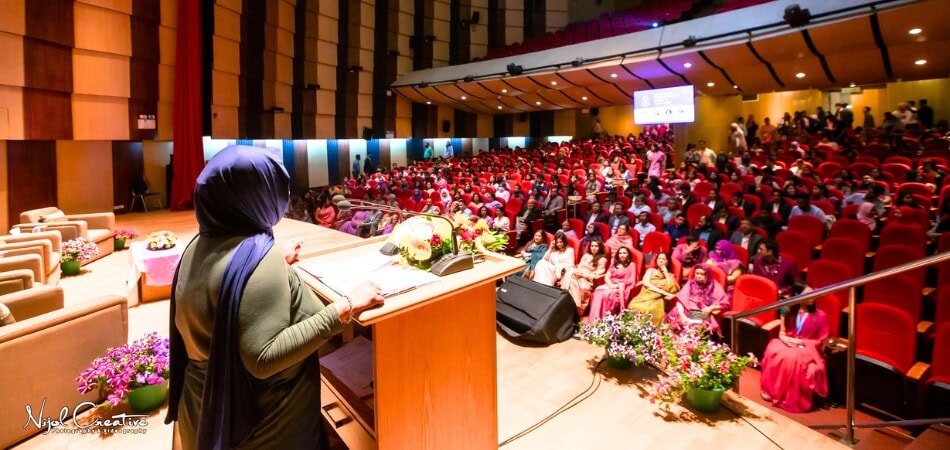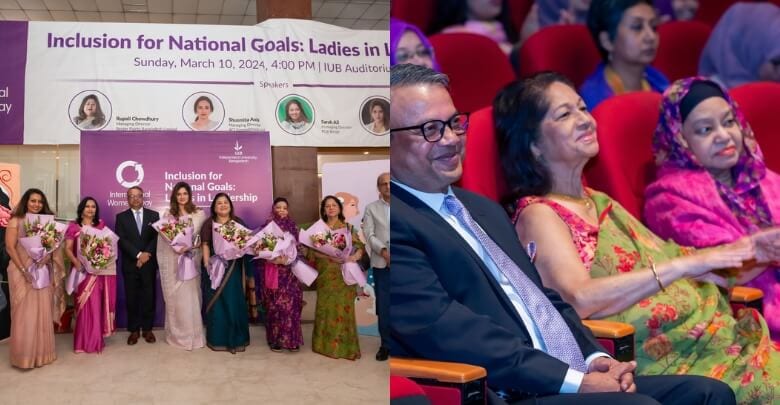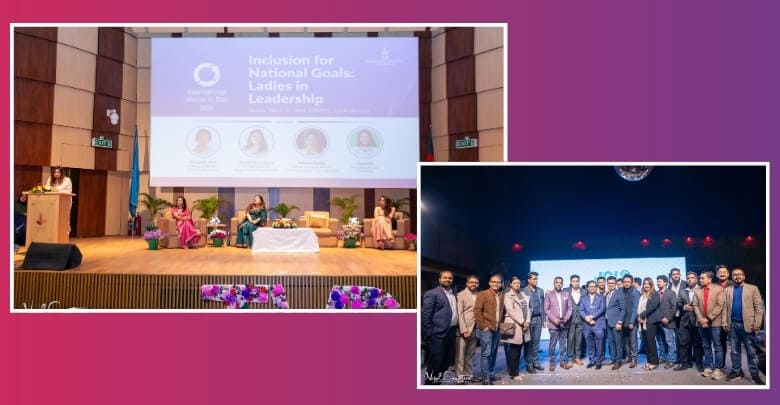The purpose of event photography is more than just capturing moments. It is also about preserving memories that will last a lifetime. From joyous celebrations to impactful corporate gatherings, each click of the camera records a piece of history. However, there is a practical question posed by the artistry: How many images for event photography?
Typically, photographers deliver 50–100 images per hour of coverage, but this figure can vary based on event type, client preferences, and the photographer’s unique style. For instance, weddings may need more images, while corporate events need fewer.
Join us as we explore deeper into the details of event photography. We will also uncover the perfect balance between quantity and quality in preserving your cherished memories.
Current Scenario of Event Photography in Bangladesh
The event photography industry in Bangladesh has increased in popularity, as professionals capture memories at weddings, corporate gatherings, and social events. The industry has witnessed a shift towards digital platforms, enabling photographers to promote their work and reach a wider audience.

As a result, photographers are experimenting with different perspectives and techniques to create their own unique style of photography. As clients seek professional event photography services, photographers are now modifying their services to meet the specific needs.
Technology has also reformed event photography, with drones and high-resolution cameras capturing stunning aerial images and detailed close-ups. This blend of tradition and innovation has transformed the field of event photography in Bangladesh, promising an exciting future for both photographers and clients alike.
Why Image Quantity Is Important in Event Photography?
The art of event photography preserves the essence of a gathering, no matter how big or small. But beyond capturing key moments, the number of images plays a crucial role in telling the story. Here’s why image quantity is important in event photography:
- Coverage: More images ensure detailed coverage of the event, preserving every moment from various angles and perspectives.
- Options for Clients: Clients appreciate having a wide selection of images to choose from, allowing them to find the right shots.
- Backup: A large number of images acts as a backup in case some shots are blurry, poorly composed, or otherwise unusable.
- Storytelling: A larger quantity of images enables photographers to tell a more detailed and nuanced story of the event.
- Variety: Different lighting conditions, backgrounds, and subjects result in a diverse range of images, appealing to different preferences.
- Memories: More images mean more memories captured, ensuring every significant moment is preserved for future generations.
The quantity of images in event photography is equally important as the quality. This provides a more detailed and richer record of the event, capturing its spirit and providing more storytelling options.
How Many Images for Event Photography?
Event photography covers a wide array of occasions, each demanding a unique approach to image delivery. Typically, photographers deliver 50 to 100 images per hour of coverage, though this varies depending on several factors. Here are some factors that affect the quantity of photos taken:

Event Type
The nature of the event significantly impacts the number of images delivered. Weddings often require more photographs to capture various moments, emotions, and details, while corporate events may require fewer images focusing on key moments and attendees.
Client Preferences
Adapting the number of images to the client’s preferences is essential for clients seeking a corporate photographer near me. Some clients may prefer a larger volume of photographs to have complete documentation of the event, while others may prioritize quality over quantity.
Photographer’s Style
Each photographer has their own style that influences the quantity of images delivered. Some photographers focus on capturing several candid moments at once, leading to a higher image count, while others take a more selective approach, delivering fewer but more carefully picked shots.
Coverage Duration
The duration of coverage directly impacts the number of images delivered. Longer events provide more opportunities for capturing moments, resulting in a higher image count compared to shorter events.
Editing Process
Post-processing workflows also affect the final number of images delivered. Extensive editing may result in a smaller selection of high-quality images, whereas minimal editing may result in a greater variety of photographs.
How to Balance Quality and Quantity in Event Photography?
In event photography, quality and quantity must be carefully balanced. Maintaining the right balance ensures both memorable images and comprehensive coverage, which is an essential aspect of event photography. Here’s a way to help photographers maintain this balancing act effectively:

Step 1: Define Client Expectations
Begin by discussing expectations with the client. Being aware of their intended purpose for the event helps prioritize moments to capture. This discussion will guide how you allocate your time and resources between candid shots and posed portraits.
Step 2: Plan the Event Coverage
Effective planning can significantly enhance photo quality while covering all essential aspects of the event. Draft a photography timeline that aligns with the event schedule, ensuring you capture key moments without rushing, which can compromise photo quality.
Step 3: Invest in The Right Equipment
High-quality equipment makes better photos. Using cameras and lenses suited to low light or fast action can help capture sharp images under various conditions. This investment means you won’t have to compromise on quality images due to technical limitations.
Step 4: Focus on Composition
Paying attention to composition is key to producing quality images. Instead of snapping away carelessly, take the time to frame each shot thoughtfully. This approach reduces the quantity but increases the overall impact and quality of the images.
Step 5: Hire an Assistant Photographer
An assistant may be a good choice for large events. By covering multiple angles and moments simultaneously, the quantity and quality of coverage can be increased without sacrificing quality. No key moment will be missed if you cover more ground.
Step 6: Efficient Post-Processing
Improve the quality of your photos without compromising the editing process. Develop presets and workflows to keep all images looking consistent. Efficient editing helps in managing numerous photos while ensuring each meets your quality standards.
Common Mistakes to Avoid when Estimating Image Counts for Events
A professional reputation and satisfied clients depend on efficient management and delivery of event photos. A well-organized process saves time and improves the client experience. Here are some tips to ensure your event photography is handled and delivered efficiently:

- Utilize Photo Management Software: Adopting robust photo management software simplifies sorting and editing. This tool helps organize images efficiently, speeding up post-event workflow.
- Establish a Workflow Beforehand: Planning your workflow before the event can save time. Know each step from shooting to delivery to avoid post-event confusion.
- Create Backup Solutions: Always have a backup strategy for your images. This prevents data loss and ensures all your hard work is safeguarded.
- Communicate Delivery Timelines: Set realistic expectations by communicating clear delivery timelines. This manages client expectations and prevents dissatisfaction.
- Offer Online Galleries: Delivering photos through online galleries facilitates easy access and sharing. Clients can view and download their images conveniently, enhancing their experience.
- Batch Process Where Possible: Batch processing edits can drastically reduce editing time. Apply general adjustments to groups of similar images to streamline editing.
Managing photos efficiently and delivering them on time are the keys to a successful event photography business. Using these tips not only simplifies your process but also ensures client satisfaction and repeat business.
Frequently Asked Questions
Here are some of the FAQs and their relevant answers for a clear concept of how many images for event photography:
Should Clients Prioritize Image Quantity Over Quality when Selecting a Photographer?
Clients should aim for a balance between quantity and quality, ensuring they receive a sufficient number of high-quality images to preserve their memories effectively.
Can I Request Specific Types of Shots for My Event?
Absolutely, communicating your shot preferences beforehand allows the photographer to prioritize capturing those moments.
Is There a Limit to The Number of Images a Photographer Can Capture?
While there’s no strict limit, experienced photographers efficiently manage their time to capture the most meaningful moments.
What if I Need More Images than The Standard Delivery?
Discuss your requirements with the photographer; they can often deal with additional image requests for an extra fee.
Do Longer Events Necessarily Mean More Images?
Yes, longer events provide more opportunities for capturing moments, resulting in a higher image count compared to shorter events.
Will I Have Access to The Raw, Unedited Images?
Some photographers offer access to raw images upon request, while others prefer to deliver only edited, finalized photographs. Discuss this with your photographer beforehand.
Final Thoughts
A photographer’s ability to manage the volume of images they produce is critical when dealing with the complexities of event photography. The right balance ensures that every significant moment is captured without overwhelming the client.
So, you now know how many images for event photography. It is crucial to understand your client’s needs and the event’s dynamics. Photographers can use this insight to ensure that each photo tells a story related to the event.
Utilizing advanced tools and strategic planning further empowers photographers. They can make every image count by optimizing the workflow to ensure a collection that captures the essence of the event perfectly.
